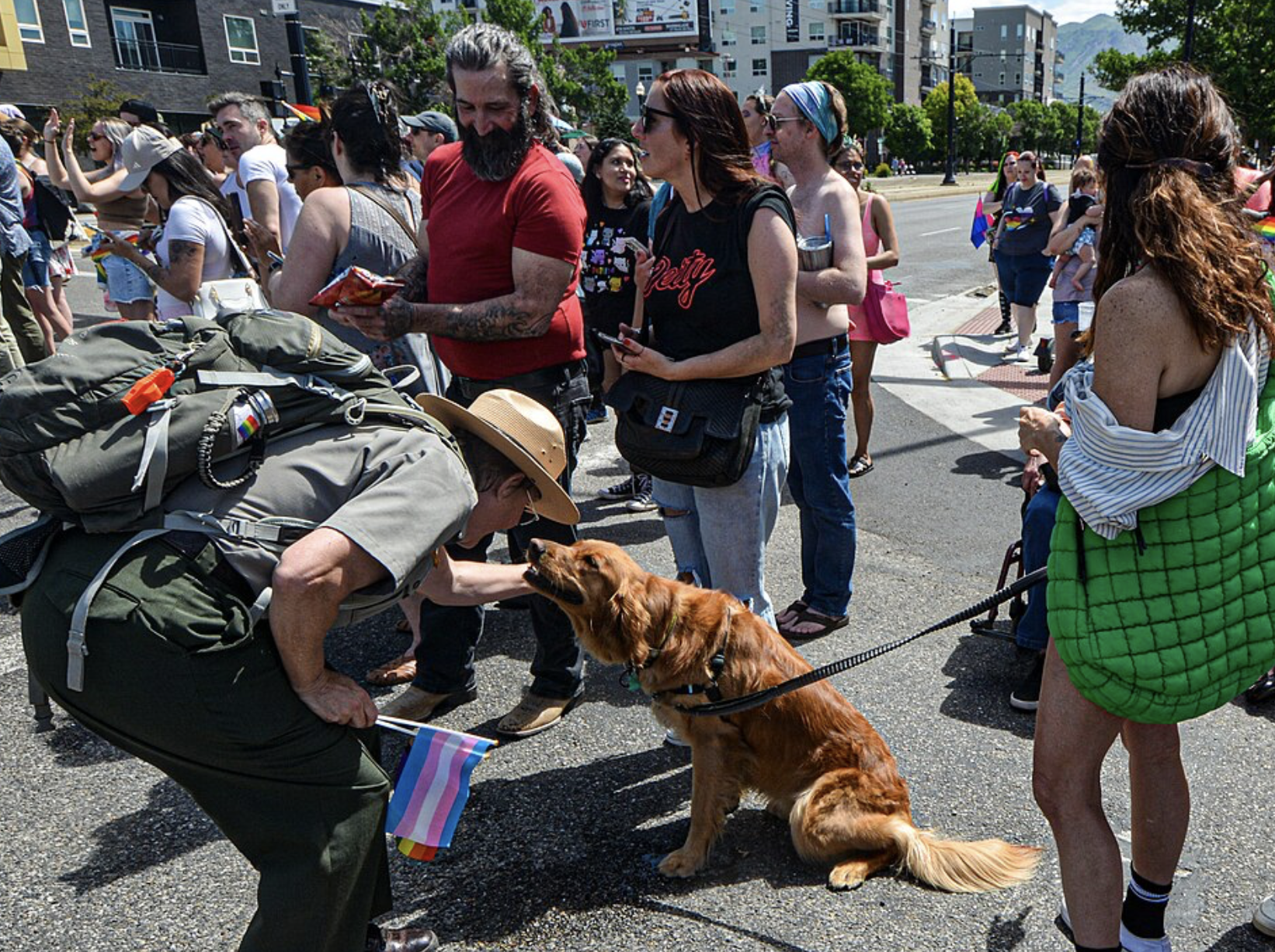A Paddling Pool and a Totara Tree
One of the things about being a minister is you quickly learn that God is not something, or someone, you have in your back pocket.

One of the things about being a minister is you quickly learn that God is not something, or someone, you have in your back pocket. In people you meet, or events you are swept up in, often having little or nothing to do with conventional church, spiritual wisdom (God if you like) comes to visit. Not that you understand the half of it. You just say ‘Yes’ or ‘Sure’ and keep on listening, feeling, and learning.
Many years ago I was approached by a Māori woman, Kiri, who wanted her youngest daughter, a four-year-old, baptised. Kiri and her two girls had been along to church a few times, and I had visited their home. Like many people in that parish she was rich in manaakitanga and awhitanga (hospitality and kindness) but had little in the way of material possessions.
Baptism is one of those rituals that touches an ancient spiritual reservoir of memory and hope. It’s about a child. It’s about hope for that child. It’s about weaving that hope and that child into the fabric of a community, with those present and those no longer living. It’s about a korowai (cloak) of wellbeing and aroha to keep a child warm, nestled in belonging and purpose.
So, while ministers liberally sprinkle church language about at baptisms, what is being heard and felt can be quite different from what those religious words literally mean.
Kirihad two requests of me. Firstly, she wanted to set up a paddling pool. And, secondly, she wanted to bring a totara sapling. ‘Yes, sure,” says I. Not quite sure what either request meant.
On the day there was a flurry of activity. Members of the church and Kiri’s whānau moved pews, assembled a very large paddling pool, and formed a bucket line to fill it. Given the wear and tear of the pool’s lining, I was awaiting a leak or two and imagining a great cleansing of the church floor!
Then a truck pulled up outside and the trees arrived. Yes, plural. Trees. Big blurry lads, covered in tats, brought them in and manoeuvred them around the sides of the pool. We now had a forest watering hole, though thankfully no waterfall.
I struggle to find the words to describe the spirituality of trees. All I know is that when they are present there is something wonderful, kinaesthetic, in the mix. Something calming. Earthed. Life-affirming. And one tree needs another. So Kiri and crew brought a family of green.
Well, the baptism got underway. Great excitement. Parishioners loved the additions to the church decor. The nervous types kept their lids on.
We got to the water part of the ceremony. The four-year-old shed her white dress revealing togs beneath, and jumped in. As did her old sister. As did her mother. It was turning into a right pool party. Trying to avoid getting thoroughly soaked I, in my white robes, bent over the side of the pool and did the incantations. Much splashing, smiles, and laughter followed.
We got to the tree part of the ceremony. The totara was brought forward by the family. This tree of strength and longevity, this treasure, was to be woven by karakia (prayer) into that invisible korowai of wellbeing and aroha in order to protect and sustain the child.
We then took the tree outside and planted it in the church grounds, watering it from the pool of baptism. It remains there to this day.
And to this day I still don’t know what really went on. Though something magical happened. Maybe the heavens opened and a great splashing of love fell on us all. Or maybe, using another metaphor, the veil was lifted and we saw in the water, in the trees, in one another the great truth of joy and belonging.





